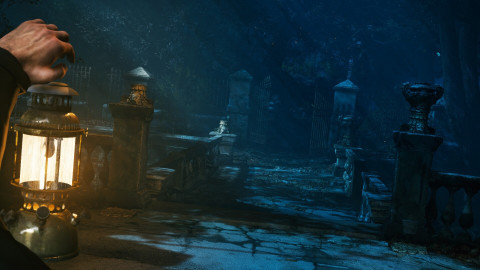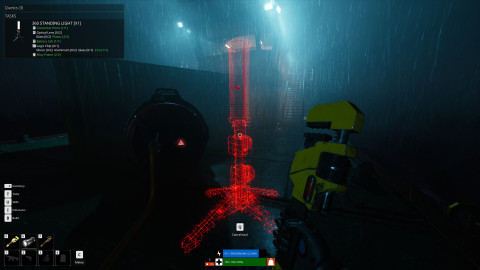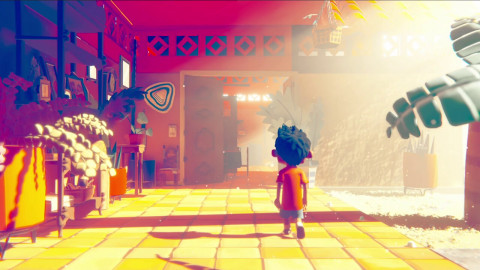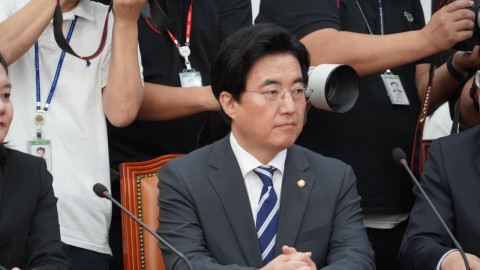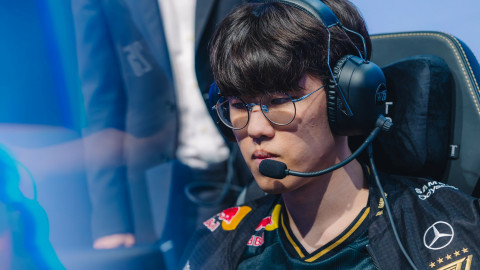
In the age of rising development costs and the need for name recognition, game sequels are more important than ever. If the first game in a series is a critical and commercial a sequel primarily needs to iterate on the basic formula, propelling an ongoing story forward while adding new features to slap on the back of the box – it’s why we’ll never see a game like Super Mario Bros. 2 or Zelda II: The Adventure of Link again.
But if a game isn’t a hit, the path isn’t always clear. Should the studio start over from the ground-up, or is there enough room for improvement to retain the basic formula? Great sequels have emerged from both lines of thinking, and they managed to not only stand on their own as tremendous experiences, but also highlight what didn’t work the previous time around. Here are some great sequels (and successors) to less-than-great games.
DmC: Devil May Cry

Devil May Cry seemed to be in a state of paralysis early on in the Xbox 360 and PlayStation 3 generation. Following the ending of the derided Devil May Cry 2, which took the series and protagonist Dante in a darker direction that fans hated, Capcom began jumping back and forth in time. Devil May Cry 3 was a prequel to the original game, while Devil May Cry 4 again chose to avoid telling the next chapter of Dante’s tale, instead splitting its time between the classic protagonist and newcomer Nero. On top of the narrative problems, the game’s combat and traversal were showing their age, and it seemed drastic changes would be needed to keep the series compelling.
British developer Ninja Theory stepped up to the plate in a big way with DmC: Devil May Cry. An alternate-timeline story rather than a true sequel, DmC ditched the fixed-camera platforming of previous games for full player control, and its buttery-smooth combat was engaging both in standard fights and against bosses. Dante was a noticeably different character, with a more cynical worldview, but the essence of the character and his relationship with brother Vergil were still there. A true Devil May Cry 5 is rumored to be in development, but Capcom would be wise to take a few pages out of Ninja Theory’s playbook.
Dragon Age: Inquisition

Dragon Age II was rushed to store shelves, and it was evident to players almost immediately. Lacking the grand and impactful story found in the majority of BioWare’s other games, it instead told a smaller tale of errand-running that felt more like a piece of DLC than a true successor to Dragon Age: Origins. Its main character Hawke was bland, and though his allies were more interesting, they never had anything interesting to do. Areas were reused with new coats of paint, and it ultimately felt like a disservice to the original game.
Dragon Age: Inquisition, on the other hand, was a completely different story, both figuratively and literally. With a great cast of characters – including a snarky lead – and a massive series of open environments to explore, players could easily lose 100 hours doing quests, and it blended the action-heavy combat of its predecessor with more tactical options to create an experience perfect for nearly all players. Its plot was no slouch, either, with time-traveling elements and political intrigue that forced players into morally gray areas. It was all enough to make us forget that there weren’t actually very many dragons in the game.
Assassin’s Creed IV: Black Flag

Assassin’s Creed III was buggy, boring, and bloated. It took five hours for players to get past the initial prologue sequence, and once they finally stepped into the shoes of protagonist Connor, they were forced down a series of joyless missions that emphasized the game’s alternate-history story above all else – fun included. The game’s environments didn’t lend themselves well to stealth or exploration, and combat felt unfinished and broken when compared to 2011’s Assassin’s Creed Revelations. Even worse, the modern-day segments were the worst the series had ever given us, even though the story gave us some payoff.
Ubisoft did a complete about-face with Assassin’s Creed IV: Black Flag the following year. The exposition was cut down to less than an hour, with Edward Kenway free to assassinate targets using his full arsenal of abilities and equipment, and when he was ready to leave land, he could embark on a nautical adventure in a pirate ship. The naval combat often upstaged the traditional melee encounters, which were themselves superior to anything in Assassin’s Creed III. Add in a puzzle-heavy first-person modern segment, and you have the best game in the entire franchise.
The Evil Within 2
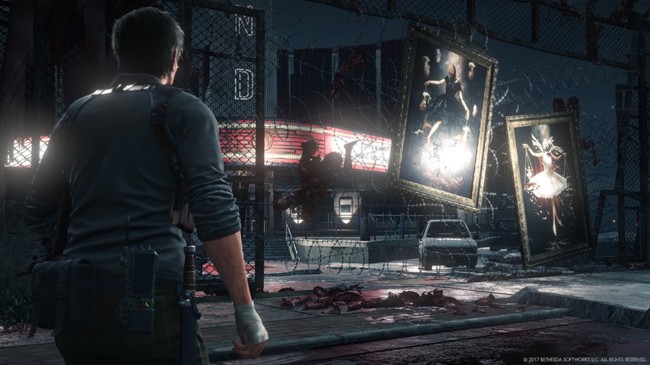
When Resident Evil 4 director Shinji Mikami revealed The Evil Within, it looked like a survival-horror fan’s dream game. Unlike the more recent Resident Evil titles, The Evil Within would be terrifying, and its constantly-morphing environment known as STEM would be the perfect place for Mikami’s terrifying monsters to roam. But when the game released in 2014, it suffered from numerous technical problems, an incomprehensible story, and plodding pacing that made the last act feel more like a limp to the finish line than a sprint.
On the surface, The Evil Within 2 isn’t a drastically different game. It still stars the same cast of characters, we once again return to STEM, there is still a large focus on stealth and resource conservation, and combat encounters play out in roughly the same manner. But every element has been improved just enough to make the game head-and-shoulders better than its predecessor. With a straightforward story that keeps moving and significantly better difficulty balance, it’s also much less frustrating, and it leaves the door open for an incredible third installment.
Destiny 2
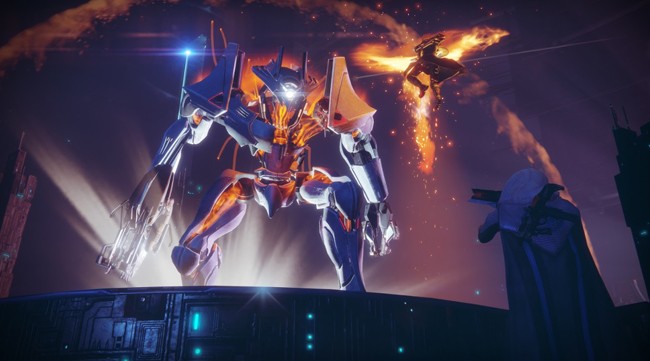
The original Destiny was one of the biggest disappointments of the generation. Though the game had the skeleton of a great science-fiction shooter, Bungie had failed to do anything interesting with it, delivering a bare-bones, confusing campaign and a convoluted progression system that forced players to grind for hours in order to acquire the piece of gear they needed. Its expansions helped to remedy some of its storytelling hiccups, but the studio still had its work cut out for it when developing the true sequel.
Somehow, Bungie managed to blow me away from the very beginning. Its campaign was exciting and filled with set pieces reminiscent of early Halo games. Its cooperative strikes were difficult and engaging, and its Crucible mode delivered some of the best competitive multiplayer of any shooter in 2017. The game still has a long way to go in order to improve its endgame experience and continue to progress its narrative over time, but Bungie has much more than just a skeleton this time around.
Disclaimer: The following article was written freely based on the author's opinion, and it may not necessarily represent Inven Global's editorial stance.
Sort by:
Comments :0


